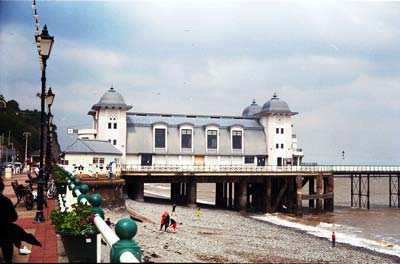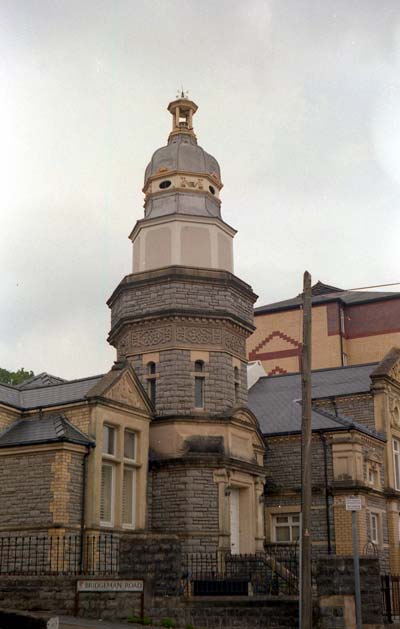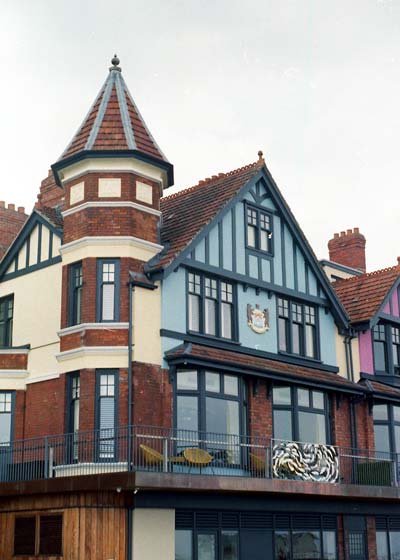Argus C3
Specification

| Manufacturer | : | Argus |
|---|---|---|
| Produced | : | 1947 (This camera) |
| Classification | : | Miniature |
| Body Type | : | Solid Body |
| Construction | : | Bakelite/Metal |
| Film Type | : | 135 |
| Film Width | : | 35mm |
| Image Size | : | 36mm x 24mm |
| No. of Images | : | 36 |
| Lens Type | : | Argus Coated Cintar |
| Focal Length | : | 50mm |
| Focus Type | : | variable |
| Focal Range | : | 3ft - Inf. |
| Aperture Type | : | Iris |
| Apertures | : | f/3.5 - f/16 |
| Shutter Type | : | Diaphram |
| Shutter Speeds | : | T, B, I(1/10s - 1/300s) |
| Size (w x h x d) | : | 130 x 85 x 66 mm |
| Weight | : | 790g |
Art Deco Credentials
![]()
![]()
Acceptable: Modest and restricted
- Produced after the main Art Deco period.
- Design based on 1939 model C
- Rectilinear Block Design
- Black Bakelite solid body
- Chrome edges and detailing
- Chrome shutter release and film door catch
Description

& chrome back
The C3 was introduced in October 1939. It was an improved version of the Argus C (1938–9) and C2 (1938–42) and was by far the most successful selling approximately 2 million units during its 27-year production run. All three models shared the same "brick" design. The improvements were a coupled rangefinder, first seen on the C2 and added built-in flash synchronization. With it's "scientific" appearance it developed a reputation for rugged durability and sharp, high-quality images.
The C3 is constructed using Bakelite and metal castings. A simple diaphragm shutter is built into the camera body to allow interchangeable lenses without the need for a complex focal plane shutter. The rangefinder is separate from the viewfinder and is coupled to the lens through a series of gears. The camera comes equipped with a 50mm f/3.5 Cintar anastigmat triplet lens. A button is pressed to allow the film to be advanced to the next frame. Film advance is not coupled to the shutter release so double exposure is possible. It has a frame counter. It has a tripod mount.
The basic C3 model had only minor revisions from its introduction until it was discontinued in 1966. The number of shutter speeds was lowered progressively from ten to five, an accessory shoe was added, and the exposure reminder dial on the back of the camera was removed.
How to Use
Find the user manual here:- Argus C3 Manual.
The first thing to note is that the lever for arming the shutter is on the front, right where you want to rest your fingers when taking a picture. It's so easy to have your fingers in the way when the shutter fires. This will slow up the shutter and cause overexposure. Get used to putting your fingers below the shutter priming lever before you release the shutter.
If you don't want to bother with an exposure meter, follow the guide shown. It is based on the 'Sunny 16' rule. It shows the appropriate aperture settings for shutter speeds of 1/30s, 1/50s, 1/100s and 1/200s being the favourite speeds to use. Film is so forgiving and will produce acceptable results even when overexposed by 2 or 3 stops or underexposed by 1 stop.
Remember that the exposure guide in the camera user manual may not be helpful as it is based on the use of old film with a low ISO value.
The tables assume that the sun is at least 30 degrees above the horizon - that's 10am - 5pm on a summer's day in the UK.
If you are not sure about the light level, err on the side of overexposure - i.e. assume the smaller f number.
Where there is a choice, a larger f number will give a larger depth of field.
For the slower speeds, you may need a tripod to stop blur through shake.
Using ISO 100/125 film
| Weather Conditions | Shadow Detail | Shutter Speed (s) | |||
|---|---|---|---|---|---|
| 1/30 | 1/50 | 1/100 | 1/200 | ||
 Sunny SunnySnow/Sand | Dark with sharp edges | - | - | - | f/16 |
 Sunny Sunny | Distinct | - | - | f/16 | f/11 |
 Slight Overcast Slight Overcast | Soft around edges | - | f/16 | f/11 | f/8 |
 Overcast Overcast | Barely visible | f/16 | f/11 | f/8 | f/5.6 |
 Heavy Overcast Heavy Overcast | None | f/11 | f/8 | f/5.6 | f/4 |
 Open Shade Open Shade/Sunset | None | f/8 | f/5.6 | f/4 | f/3.5 |
Photographs taken with this Camera
Kodak Gold 200 film.
Developed in Tetenal.



